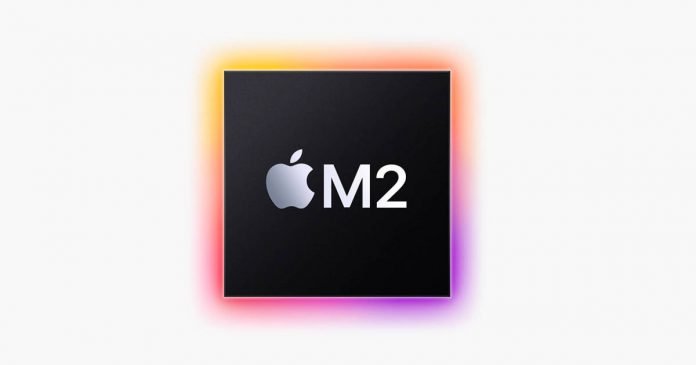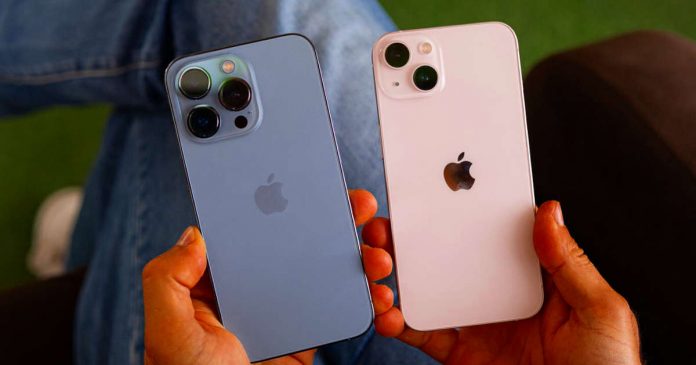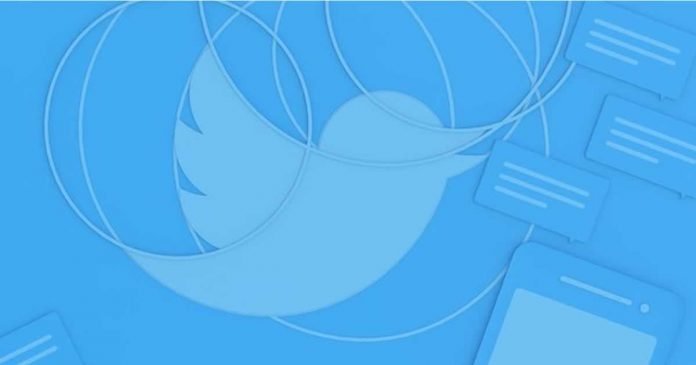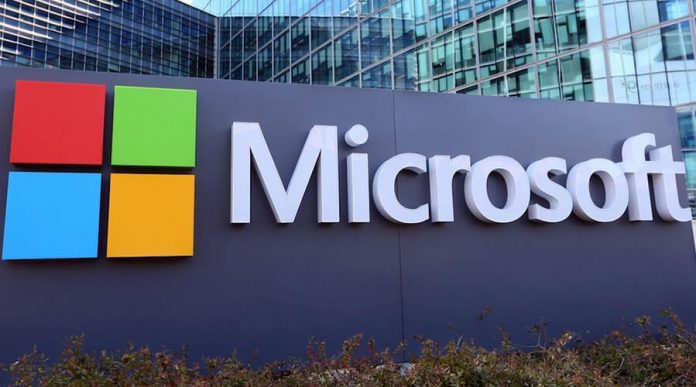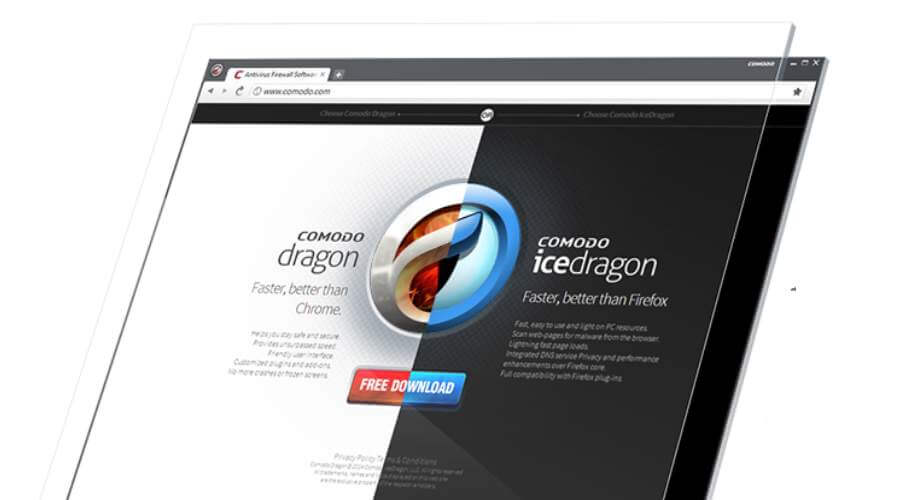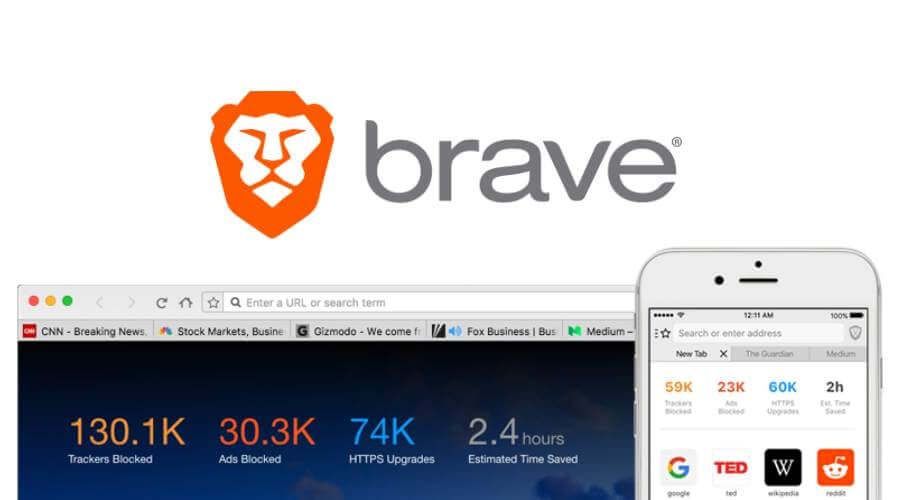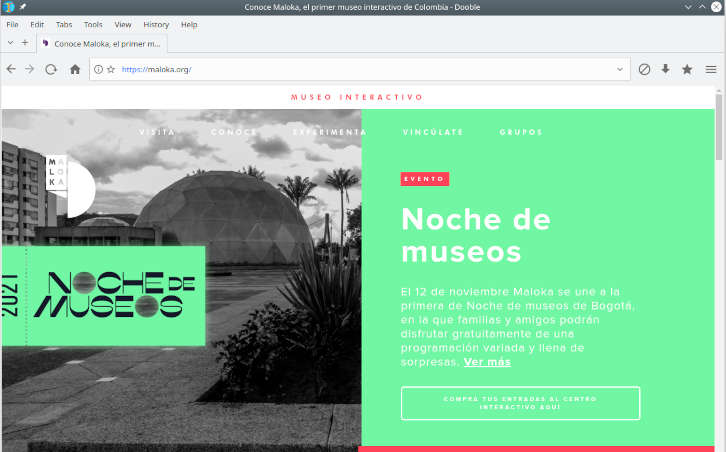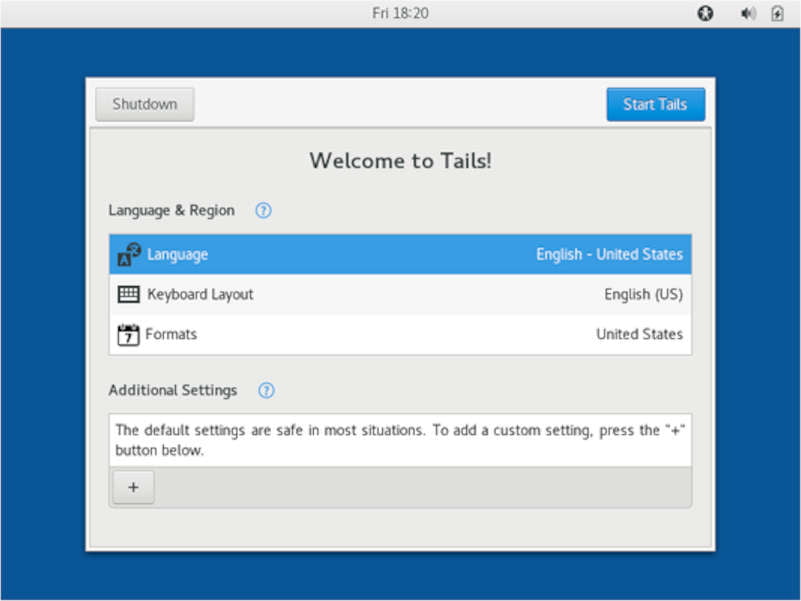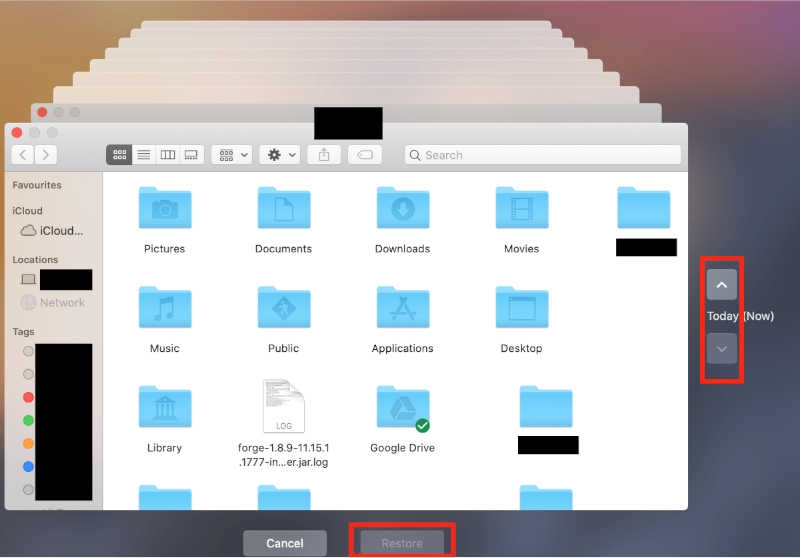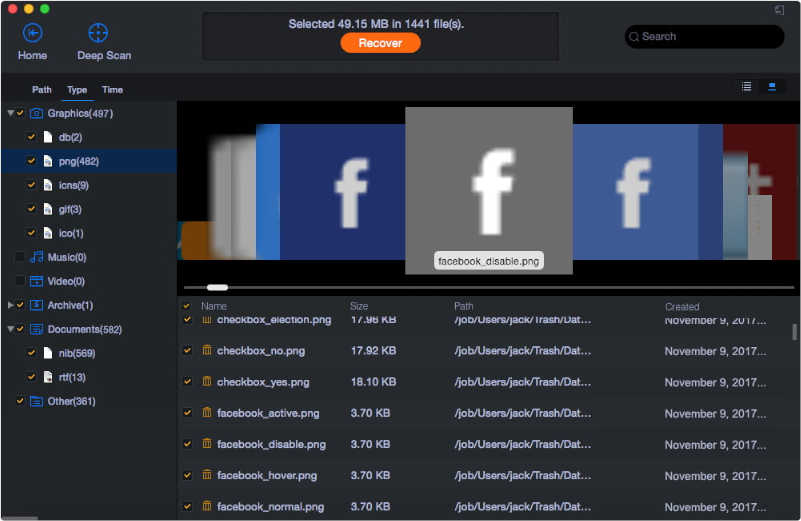Why should we consider start using anonymous browsers instead of regular ones?
The answer is clear, today, when we are online nothing, is private, in fact, now online privacy is a joke and our private browsing data has been using for business purposes like advertising. We are been tracked by Google, by our ISP, our government and hundreds of data collectors.
Everyone likes to know what we are doing online, which websites are we visiting and use this information against us. The hard truth is — today we can’t be fully anonymous.
But we can reduce the impact to some extent by following some quick measures that will diminish leaked information footprint and (almost) secure our online privacy. In this article, we are going to list a similar measure to protect your browsing data.
The primary safeguarding starts with from the web browser itself, as its the main portal connecting you to the internet. It’s the place where it all starts. So to protect your online privacy, first, you have to replace your web browser with a more secure one — something that makes your browsing anonymous.
And below we are listing the best anonymous browsers which you can trust and hide your browsing habits from spying eyes — most of them are open-source projects. These secure browsers will prevent somebody watching your internet connection from learning what sites you visit, it stops sites you visit from learning your physical location and lets you access sites which are blocked.
Anonymous browsers to protect online privacy:
1. Tor Browser
When it comes to anonymous browsing, none can beat Tor. The privacy browser Tor protects you by sending your internet traffic and communications around a distributed network of relays run by volunteers all around the world. Like instead of directing traffic from A to B, Tor browser actually bounces it multiple times through different locations. By this way, no one could possibly tell where the traffic originated or where it’s going.
In fact, US Navy and many other government organizations use Tor browser to gather intelligence and visit dark web or other websites without leaving any digital footprints or government IP addresses in the site’s log makes Tor one of the most secure web browsers and best open-source alternative to Google Chrome.
Actually, Tor is built on top of Firefox with a lot of modifications to improve security and privacy. This anonymous browser comes with NoScript integration by default.
The only downside of Tor browser is its speed. Because of bouncing of internet traffic to multiple tunnels before getting to the destination makes Tor browser less fast than other anonymous browsers. But it wouldn’t be an issue if you are using a speedy internet connection. However, when it comes to the protection of online privacy — nothing matters.
Available on: Windows, Mac, Linux
2. Epic Privacy Browser
Epic browser is a Chromium-based anonymous web browser comes with the ability to stop 600+ tracking attempts in an average browsing session. Epic restricts websites from showing ads, fingerprinting, crypto mining, ultrasound signaling and more.
When you’re using Epic with an encrypted proxy on, your data is encrypted and hidden from the government, from your ISP, from Google and from hundreds of data collectors. And when you close the Epic browser after internet surfing, it automatically deletes the browsing history, cookies, web cache, databases, web, Flash & Silverlight cookies — literally everything that compromises your privacy.
Available on: Windows, Mac
3. Comodo Dragon / Ice Dragon
Comodo created two flavors of anonymous browsers. One named Comodo Dragon — a Chromium-based secure web browser comes with all of Chrome’s features plus an unparalleled level of security and privacy. And the other is named Comodo IceDragon — based on Mozilla Firefox which features several security, performance and feature enhancements over the core build.
Both these Comodo privacy web browsers possess top-level security features to anonymize your browsing data from a third party. One of the notable features available on the free version is the virtualized mode that isolates the browser from the host system. This can be attained by installing Comodo’s free antivirus software, Comodo Internet Security (CIS).
Available on: Windows, Mac, Linux
4. SRWare Iron
SRWare Iron — another one of the best private browsers based on the open-source Chromium project. The secure browser offers the same features as Chrome — but without the critical points that the privacy concern. It primarily aims to eliminate usage tracking and other privacy-compromising functionality that the Google Chrome browser includes.
Available on: Windows, Mac, Linux, Android
5. Brave
Brave — the fastest anonymous browser to protect your privacy. Brave by default blocks ads and trackers, and reduces your chances of being infected by malware, ransomware and spyware.
Available on: Windows, Mac, Linux, Android, iOS
6. LibreWolf
LibreWolf is an independent fork of Firefox, with the primary goals of privacy, security and user freedom. This secure browser comes with increased protection against tracking — by enabling Mozilla Tracking Protection and fingerprinting techniques. Also, LibreWolf only accommodated private search engines like Duck Duck Go and SearX to protect user privacy.
Available on: Windows, Mac, Linux
7. Dooble
Dooble is a free and open-source anonymous web browser that was created to improve privacy and security. Dooble uses Qt for its user interface and abstraction from the operating system and processor architecture. As a result, Dooble should be portable to any system that supports OpenSSL, POSIX threads, Qt, SQLite, and other libraries. Most of the data that Dooble retains is stored using authenticated encryption. Dooble does not encode file associations and user settings. Dooble also provides a session-based model using temporary keys. The passphrase may be modified without the loss of data.
Available on: FreeBSD, Linux, OS X, OS/2, and Windows.
8. Tails
Tails is another best privacy-focused browser that aims at preserving your privacy and anonymity. Tails use the Internet anonymously and circumvent censorship and all connections to the Internet are forced to go through the Tor network. Tails also make it sure to leave no trace on the computer you are using unless you ask it explicitly. This secure browser uses state-of-the-art cryptographic tools to encrypt your files, emails and instant messaging.
Available on: Windows, macOS and Linux
Making anonymous browsers as your primary medium to surf the internet is only the initial step. Soon we will share more privacy protection measures like VPN services, proxies, and even secure operating systems to shield you from online espionage.
Also if we forget to add some other anonymous browsers, please kindly mention them in comments.




